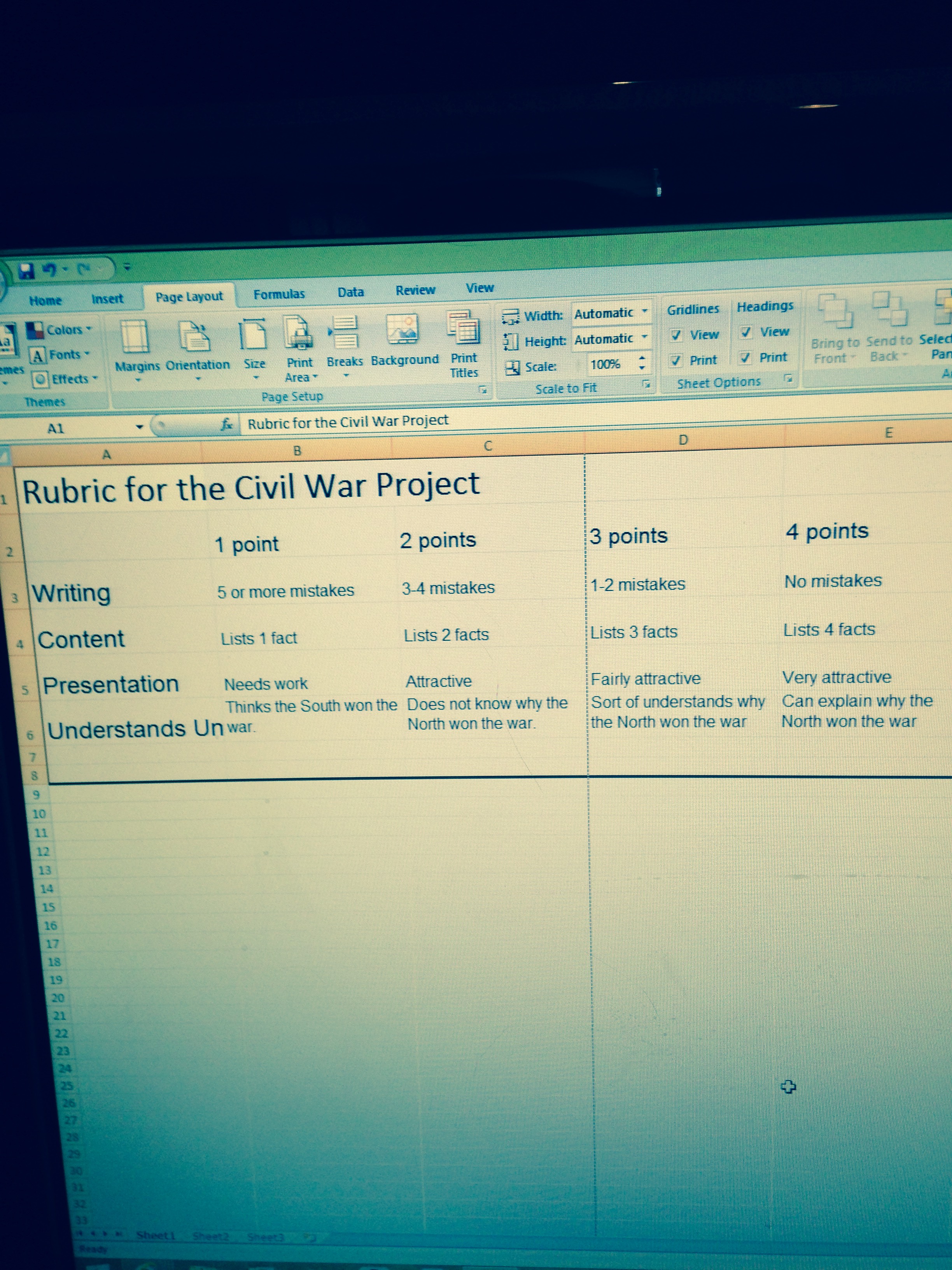One A.M. meeting about a software program, running one hour and ten minutes. I left a little early because I needed to make copies before my next class. Total planning period time: Ten minutes! One P.M. meeting, running one hour and five minutes. The first twenty-five minutes were on the MAP test we are going to start giving to the whole school starting next week. A few minutes were also dedicated to the PARCC test, scheduled for the end of April and start of May. The remaining minutes took place in a department meeting on the topic of the AIMSWEB and MAP tests. These tests are overlapping. Some discussion revolved around the desirability of separating the tests so we don’t completely nuke students with exams. I pointed out that at least a couple of boys in my classes were likely to just start circling answers or clicking on letters randomly (depending on the test) if we did not give them some break from testing. Others agreed. The Department Chair promised to bring the issue up with the Principal. We also discussed a new plan in which teachers will go into each other’s classes to watch lessons and critique those lessons. At first, teachers will receive forewarning. Then teachers will add to the surprise visits already made by administrators and mysterious state officials. These new visits will come out of our — I laugh as I type the following words — planning time.
I spent most of my minutes in the first, afternoon meeting trying to calm a colleague, “Dana,” who is honestly frightened of all these new, computerized tests. She is afraid she will somehow mess up. Another colleague and I came up with suggestions to help “Dana” get ready, such as observing a math teacher in another grade who will begin her testing cycle first. We promised to go through the six or eight pages of instructions for the test with “Dana.” I promised to print out another, different set of instructions. I’m hoping the guy across the hall will create a cheat sheet for getting the test started. He’s good at that kind of thing.
My third afternoon meeting was cancelled due to the absence of the Department Head for that subject. That cut total meeting time down to 2 hours and fifteen minutes. With the usual third meeting, we would have spent at least one-half hour longer in the building. Meeting time might then have broken three hours.
Testing made for fractious end of day exchanges.
“We just got done fucking testing,” a usually calm and articulate colleague emoted after school.
“This is fucking ridiculous,” another usually calm colleague exclaimed to me while going downstairs between meetings.
“This is stupid,” my seat partner said to me during the last meeting.
In previous years, we had a lot less cursing. I just try to cheer everyone up.
“Nonsense,” I say, “there can never be too much testing. I love weird, new tests that take up all my instructional time.” Sometimes I say, “There can never be too many meetings! We might actually get something done.” I smile broadly. Mostly, they smile back. You might as well keep smiling. You have to keep going to meetings. Given that I plan to escape these tempestuous seas, I probably could start skipping meetings but I won’t. I feel a need to keep my hands on the oars, helping to row our little lifeboats toward happier shores.
Eduhonesty: I’ll start keeping track of the testing minutes next week. It seems I just finished that count but the cycle is about to begin anew. At this rate, in a few years we will hardly have to teach students at all. We will just spend the year testing them. Afterwards, we can conduct numerous, long meetings about how little they seem to know, suggesting strategies for fixing the situation that no one has time to implement because they are too busy testing and going to meetings.




